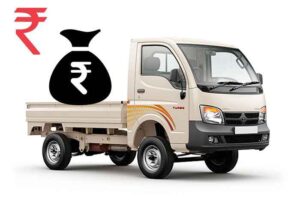![]()
Asset Valuation On Balance Sheet

The total Asset Valuation On Balance Sheet is the sum of the historical cost of all fix assets, less accumulate depreciation.
Assets used in the business over a long period of time, such as land, buildings, machinery, and equipment, are fix assets.
The amount paid to acquire a fix asset represents its historical cost.
We expense the amount of the asset’s value each year over its useful life, and this is call depreciation.
The accumulate depreciation is the total amount of depreciation that has been expense on an asset to date.
The total value of fix assets report on the balance sheet is a measure of the long-term assets of a business.
It is use to assess the financial strength of a business and its ability to generate future cash flows.
The total value of fixed assets reported on the balance sheet can be calculate using the following formula:
Total fixed assets = Historical cost of fixed assets – accumulated depreciation.
For example, if a business has fix assets with a historical cost of $100,000 and accumulated depreciation of $20,000.
Then the total value of fixed assets report on the balance sheet would be $80,000.
It is important to note that the total value of fix assets report on the balance sheet may not be the same as the market value of the fixed assets.
The market value of an asset is the amount that the asset could be sell for in the open market.
The market value of fixed assets can fluctuate over time, depending on a number of factors, such as the condition of the assets.
The demand for the assets, and the overall economic conditions.
The total value of fixed assets report on the balance sheet is a useful financial metric.
But it is important to consider the market value of the assets as well when assessing the financial strength of a business.
To visit: https://www.incometax.gov.in

For further details access our website: https://vibrantfinserv.com